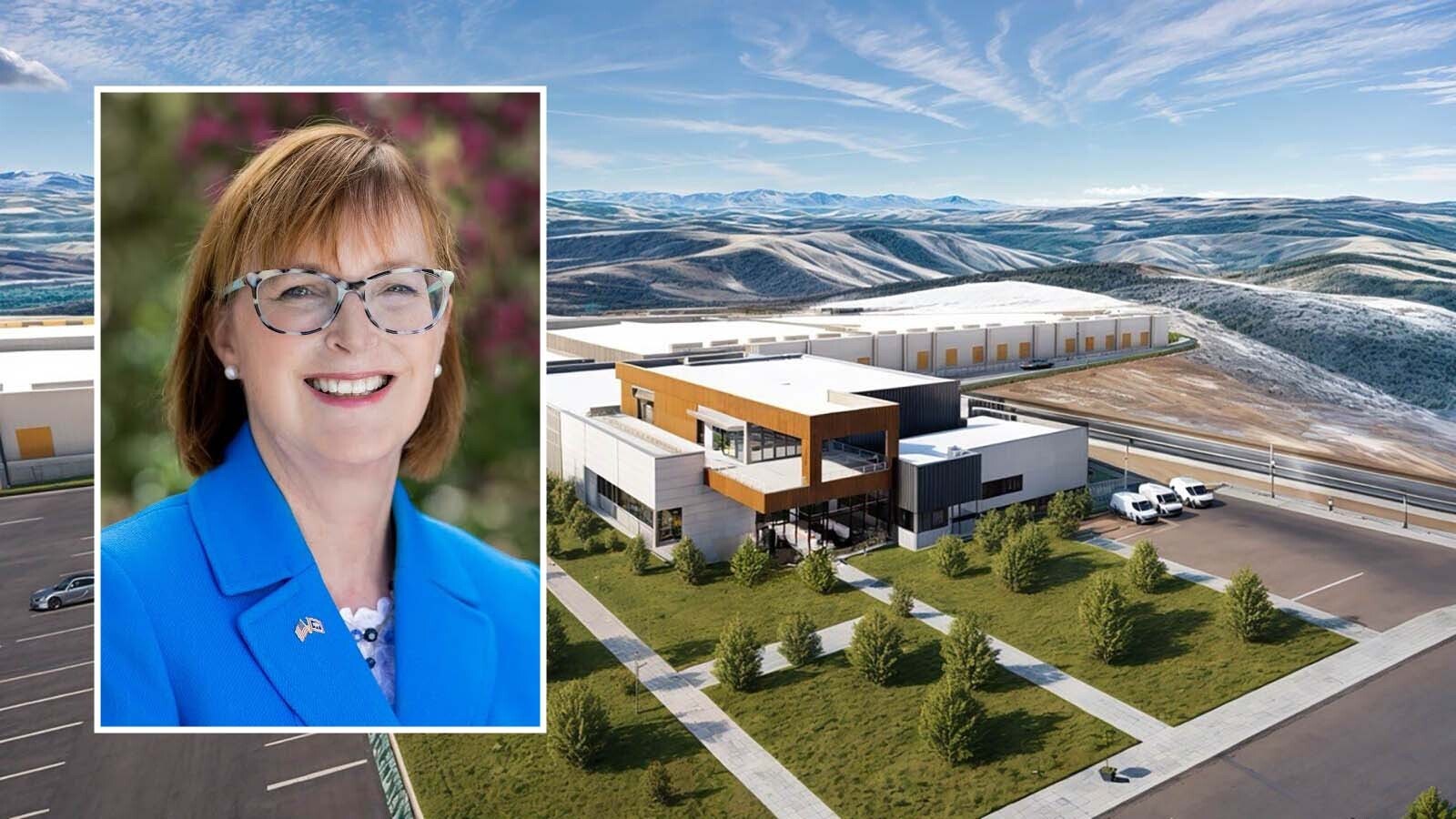There are no Level 1 trauma centers in Wyoming, and with the state’s low population and wide stretches of open range between communities, that’s unlikely to change.
With the recent verification of the Billings Clinic as Montana’s first Level 1 trauma center by the American College of Surgeons, top-level emergency care is closer to the Cowboy State. The certification makes the Billings, Montana, clinic the only such facility in a 550-mile radius.
“Being a Level I trauma means we provide the highest level of trauma care available while elevating lifesaving care, creating better patient outcomes, and advancing trauma care throughout the communities we serve,” said CEO Dr. Clint Seger.
Trauma injuries are the leading cause of death for Americans up to the age of 44 and the fourth leading cause overall for all ages, especially true for rural areas like Wyoming, Idaho and South Dakota, which all lack Level 1 trauma centers.
According to the Wyoming Department of Health, Wyoming’s work-related injury death is ranked second highest in the nation, while the state’s injury-related death rate is the fourth highest.
So why aren’t there any Level 1 trauma centers in the Cowboy State?

It Takes A Lot To Be A Trauma Center
Bill Crampton is the public health nurse for Park County Public Health and was a trauma and flight nurse at Memorial Hospital in Modesto, California. Memorial Hospital is a Level II Trauma Center through the Sutter Health network.
The ACS verifies four levels of trauma capability but does not officially designate trauma centers. The designation of a trauma center is determined by state legislation, and some states have as many as five levels for trauma centers.
Crampton said working for any trauma center means maintaining the highest standards of medical care.
“Level I trauma centers require extensive levels of research, and they have to meet the standards of national organizations before they can attain that designation,” he said.
According to ACS, Level I trauma verification is given to comprehensive care facilities with a large patient capacity and the ability to treat trauma patients with greater degrees of injury severity while providing the highest level of trauma care to critically ill or injured patients.
To accomplish this, trauma centers offer immediate access to specialists such as trauma surgeons, orthopedic surgeons, neurosurgeons and radiologists 24 hours a day. With lower populations, hospitals and clinics around Wyoming don’t have facilities that have that level of staffing.
“You don’t use a general surgeon for a trauma position,” Crampton said. “There are things you can do differently between a planned surgery and an emergent surgery. They prefer trauma-trained surgeons in Level I centers.”
The same standard applies to all personnel. As a trauma nurse, Crampton had to maintain several certifications while working with the Modesto trauma center.
Better Care There
A Wyoming paramedic who has worked in several medical centers throughout the state and has responded to patients needing trauma care, said the surgical capabilities of Level I trauma centers have the most impact on their job.
"I've brought in patients where if you got them on a trauma table within half an hour, they might have had a chance to live,” said the paramedic. “Major hemorrhages, internal bleeds, gunshots, stabbings, stuff like that. If you get on the scene and realize a patient needs an OR, you can activate a trauma in the field to get the ball rolling.”
Most of Wyoming's health care providers operate as critical access centers, where medical staff stabilize patients before transferring them elsewhere. Immediate treatment options are limited under these circumstances, where time makes all the difference.
The primary factor for trauma treatment is an on-call OR team to handle those cases. Most Wyoming hospitals don't have this capability, which adds time for patients to get that treatment.
"If a patient has a major internal bleed after being ejected out of a vehicle, they need OR care,” the paramedic said. “You get them from the scene, take them into the hospital, get a flight crew together, fly the patient up to Billings, then get from the airport to the hospital. From the time you leave the scene to when the patient ends up in the OR in Billings, that's a couple of hours.”

Those Who Can, Do And Teach
Billings Clinic was verified as Montana's first Level II Trauma Center since 1992 and maintained that status until successfully achieving its Level I verification. The hospital's trauma services underwent a rigorous review conducted by an expert ACS review team in May 2023 before receiving the verification.
Additionally, most Level I trauma centers are teaching hospitals with designated research programs. Billings Clinic accomplished this when it began Montana’s first rural surgical residency track in collaboration with the University of Arizona in 2022.
“Even Casper or Cheyenne probably wouldn’t meet those standards because they may not have all the appropriate people on duty 24 hours a day or may not be doing the kind of trauma research that a Level I designation requires.”
Maintaining a Level I trauma verification can also be costly.
The Billings Clinic Foundation recently launched a $30 million capital campaign, the largest in the institution’s history. The money will be used to expand operating rooms, build a new state-of-the-art transfer center to reduce transport delays, build Montana’s first dedicated Surgical Intensive Care Unit (expected to open in 2024), and expand the emergency department.
Also, Level I Trauma Centers must have trauma surgeons on their staff, ready and available at a moment's notice 24/7. Even with a need for such treatment, Wyoming hospitals don't receive enough trauma calls to justify that expense.
Several other factors contribute to a successful verification as a Level I trauma center, and much of this seems beyond the reach of Wyoming’s hospitals.
“I’m not sure Wyoming can come up to that level,” Crampton said.
The Wyoming paramedic agrees: "Billings is a lot busier than Wyoming, and they only achieved Level I verification now. I don't see Wyoming having the call volume to warrant (a Level I Trauma Center). It would be great for patient care, but financially and feasibility, it's not.”

Wyoming’s Statewide Trauma Network
While Wyoming lacks a verified Level I trauma center, it isn’t a wasteland for high-quality trauma care. In fact, it already has some of the best.
In February 2023, the American College of Surgeons verified Banner Wyoming Medical Center in Casper, the state’s largest hospital, as Wyoming’s first and only Level II trauma center. Other state hospitals may meet the standards of an ACS trauma center but haven’t undergone a review to become verified.
Furthermore, Wyoming has maintained a statewide trauma network since 1993.
Every hospital in the state of Wyoming is classified as a regional trauma center, an area or community trauma hospital, or a trauma receiving facility. The network of hospitals and ambulance services is organized and coordinated to optimize the care provided to seriously injured people by ensuring every patient is cared for at a hospital with resources matched to their needs.
If those medical needs can't be met in a Wyoming hospital, patients can be "moved up a level." Level I trauma centers are already established in Denver and Salt Lake City, and both medical providers coordinate with Wyoming health care networks for the highest quality care possible.
Having another Level I trauma center in Billings is a net positive for all Wyomingites.
“Depending on their stability and where they are in the state, (someone) could be taken directly to Casper to be stabilized and moved on to a higher level of care,” Crampton said. “It’s all about having immediate access to specialized providers in an emergency.”
Andrew Rossi can be reached at arossi@cowboystatedaily.com.





